How To
What is Google’s ARCore?
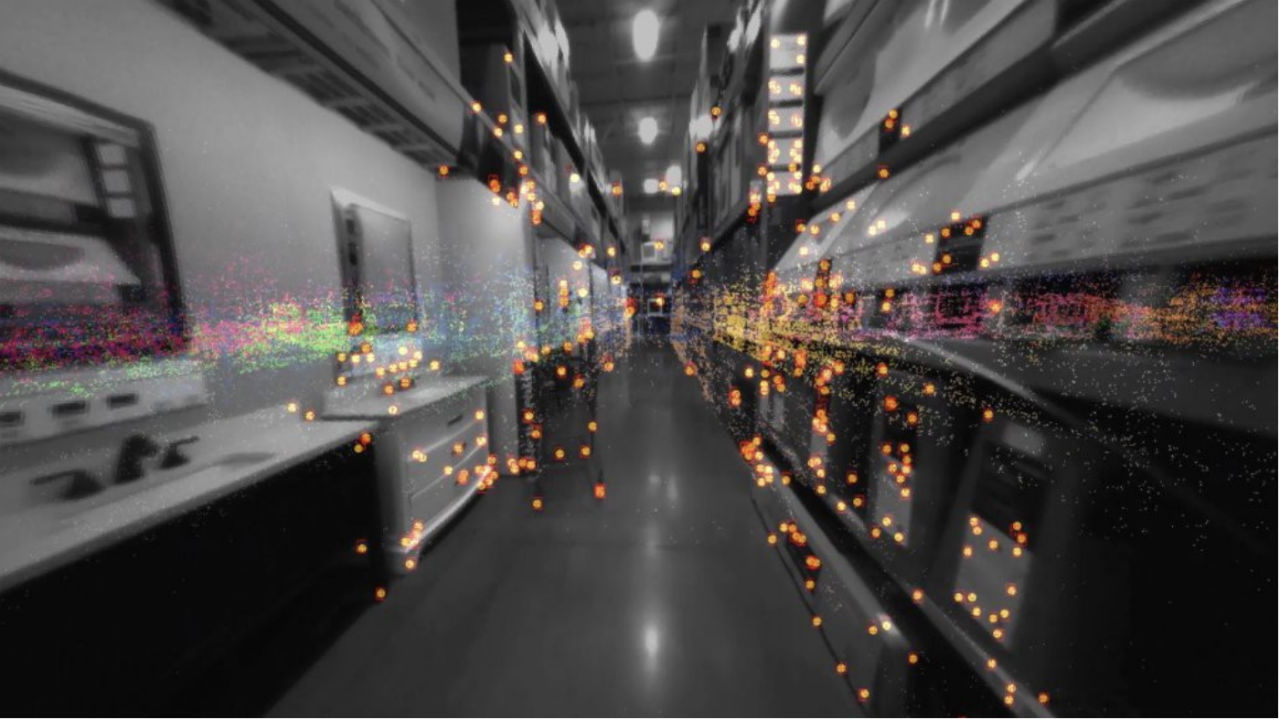
- May 7, 2019
- Updated: July 2, 2025 at 5:01 AM

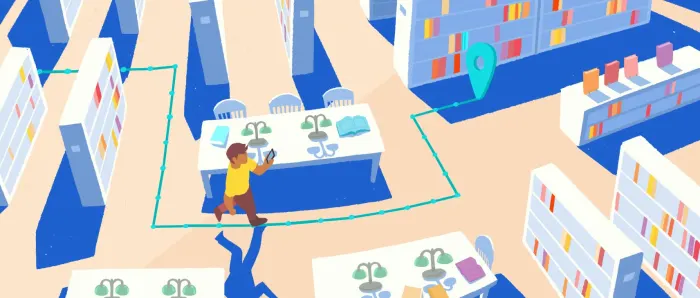
Google ARCore has been around for a couple of years at this point, but was only compatible with a limited selection of Android phones; the Google Pixel and the Samsung Galaxy.
Today, ARCore is out of beta and available on more devices.
ARCore is similar to Apple’s ARKit, they’re both tools designed to bring augmented reality to smartphones in a way that simplifies the process for DIY developers.
Google says that ARCore is designed for building augmented reality experiences you can then add into an app. So, it’s not so much an app builder, rather it’s a platform for incorporating AR elements into your existing project.
Essentially, ARCore is a way for Google to get more people to adopt their AR technology, bringing AR into the mainstream.
How does ARCore Work?
As a quick point of reference, here’s a video Google put out at the time of launch, which shows the app in action:
Through a collection of APIs, ARCore allows your phone to “sense” the world around it, through motion tracking, light estimation, and environmental understanding.
Here’s a brief rundown on each one and how they fit into the program:
Motion tracking
ARCore collects motion data from your phone’s accelerometers and gyroscopes. What that actually means is, the technology collects information through your camera lens and uses it to understand its position relative to the world around it.
Environmental understanding
Environmental understanding allows the phone to detect flat horizontal surfaces like a tabletop or the floor. This gives your AR creations sort of a “basis in reality.”
Light estimation
Here, the phone measures the lighting conditions to determine the best way to light virtual objects so that they look at home in the space. The process is a digital version of how an artist might shade an object based on what they know about how light works in the real world.
What do you need to get started with ARCore?
Even if you’re not a developer yourself, you can play around with ARCore and learn some basics about developing your very own Android app.
According to Google’s developer page, you’ll need the following items to get started with the platform.
- An ARCore supported device (this is literally just about any modern phone at this point)
- A USB cable — which you’ll use to connect your phone to your computer.
- Unity 2017.4.15f1 or later
- Android SDK 7.0 or later
- ARCore SDK for Unity 1.8.0 or later
To create a new project you’ll open Unity and start a new 3D project.
To start a new project, you’ll start in the Unity Screen and select your platform of choice from the dropdown menu.
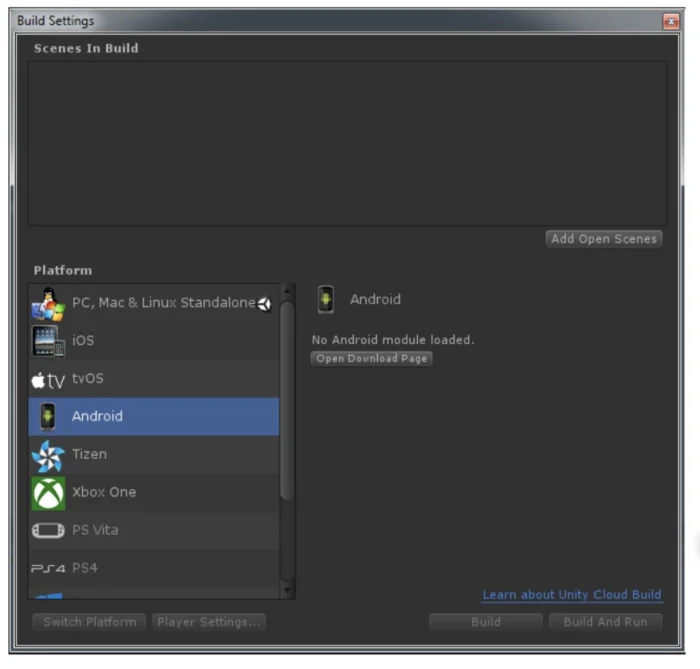
From there, you can adjust the player settings so that they work with the platform you’ve selected.
Google can probably do a better job when it comes to walking you through the process, so click here to learn more about how to develop your first scene, animated overlays, and more.
ARCore devices
According to Google, supported devices must be certified before they can use the platform.
You can head over to Google’s developer page to see the complete list of devices, but compatibility has extended to most modern phones, including ARKit-compatible iOS devices dating back to the iPhone 6 (good luck deleting enough apps to make room).
ARCore vs. ARKit
Apple introduced ARKit in 2017, and CEO Tim Cook told shareholders that the company sees AR as something that will change the way we use technology forever.
Compared to ARKit, which always presented itself as a way to bring AR development tools into the hands of a broader audience, ARCore began as Google’s Project Tango, the group responsible for Google Glasses.
Who is ARCore for?
Again, app developers seeking an accessible way to bring AR elements into an app.
And it’s not just game developers using the toolkit, ARCore is powering some more practical solutions, by allowing users to add AR elements whether they’re well-versed in its applications or not.
Streem app is using the tool to bring hands-on tutorials to users who need help with household projects.
A real step up from the DIY manuals of the past. Or, there’s Curate, Sotheby’s AR real estate staging app that allows users to imagine how they’d decorate a new property—provides value to consumers, as they can see how this app might work for them.
Amazon AR View follows a similar approach. The app lets you preview how Amazon objects might look in your home.
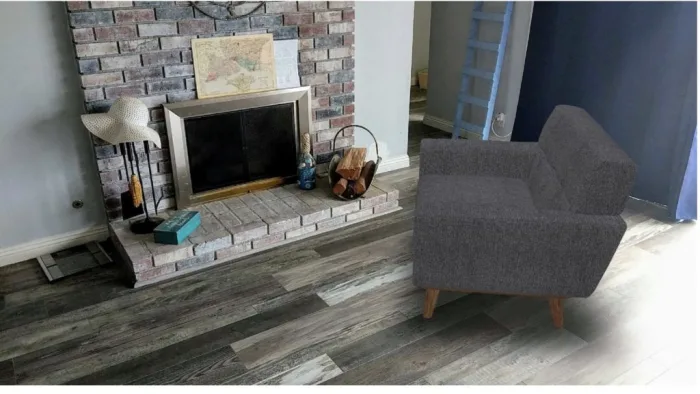
What’s next for ARCore?
The Play Store (and App Store, too) is already loaded with tons of ARCore-powered apps both fun and functional, so it’s clear that we’ll start to see a massive influx of AR apps that will improve in value over time.
In the end, ARCore is a great platform for developers looking to include augmented reality inside their apps.
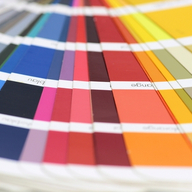
3 augmented reality tools for decorating your home
Read Now ►Grace is a painter turned freelance writer who specializes in blogging, content strategy, and sales copy. She primarily lends her skills to SaaS, tech, and digital marketing companies.
Latest from Grace Sweeney
You may also like
 News
NewsAgentic AI in Adobe Express: Will Conversational Editing Change 2026 Content Creation?
Read more
 News
NewsTikTok US Sale Is Confirmed: Here’s the How and the When
Read more
 News
NewsThe Monsterverse will have a spin-off prequel to the prequel of 'Godzilla'
Read more
 News
NewsWe know the first details about Fallout 5
Read more
 News
NewsBarack Obama has chosen his favorite movies of 2025, and they also include the ones you liked the most
Read more
 News
NewsThe game banned by Steam manages to sell 18,000 copies in other stores
Read more
